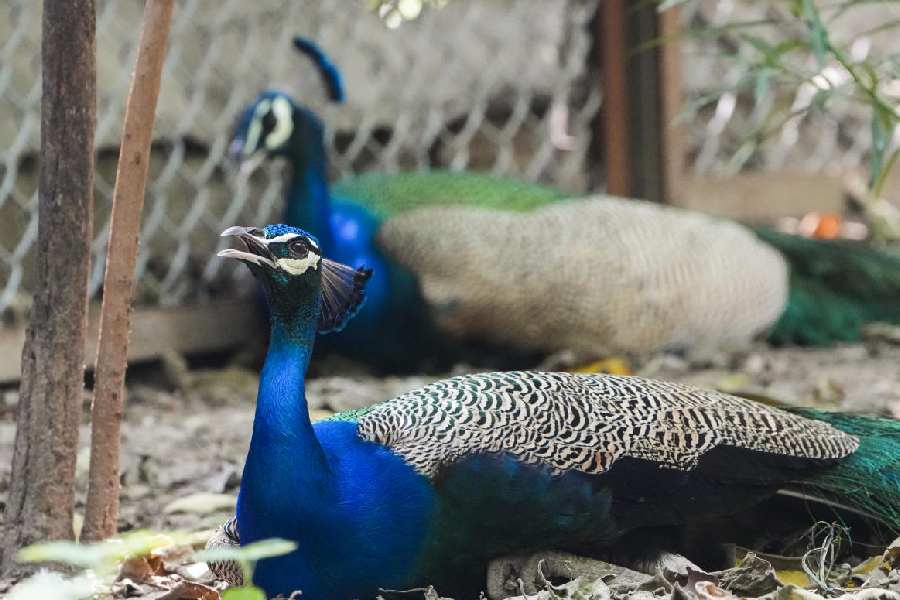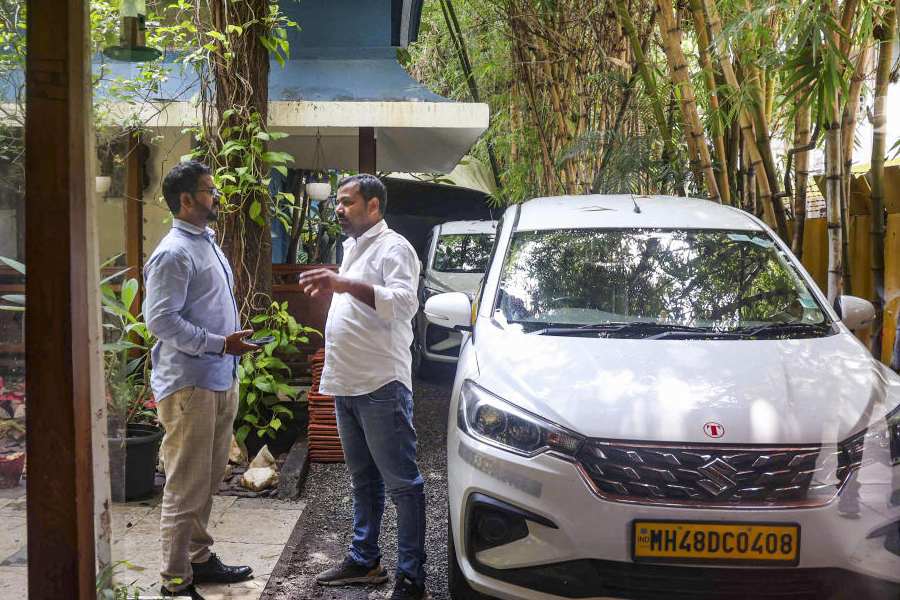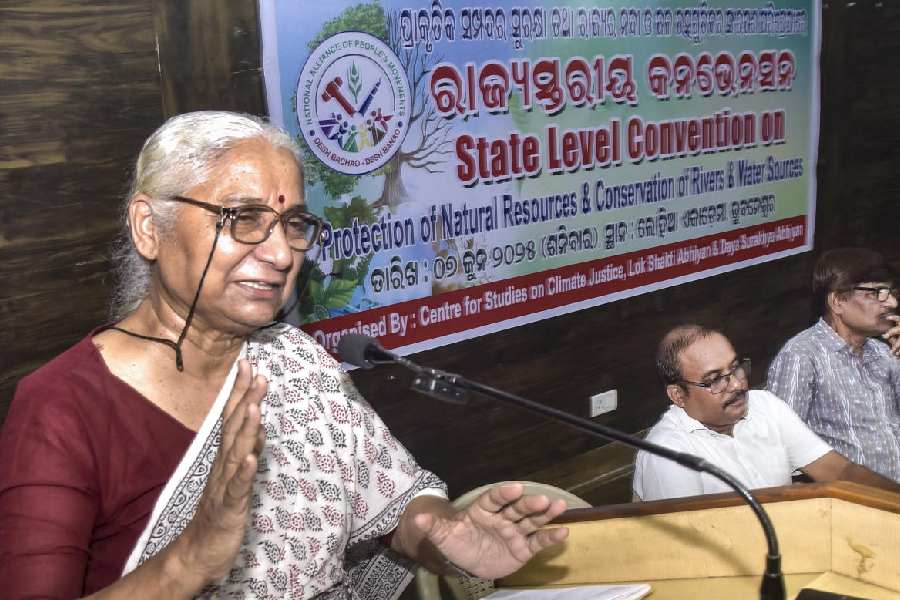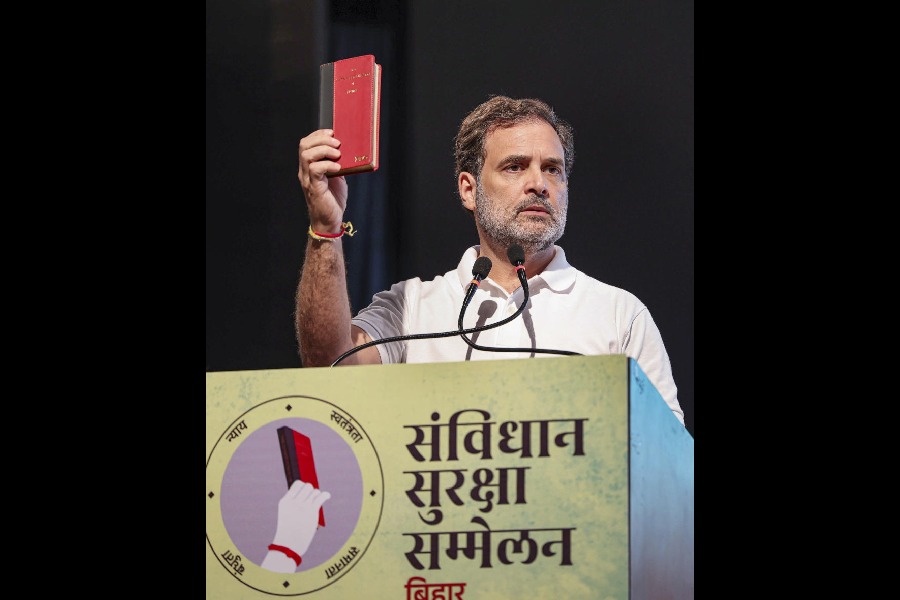
Guwahati: Visitors can for the first time witness the interiors of one of the tombs where Ahom kings and queens were buried at Charaideo Maidam in Sivasagar district.
Charaideo Maidam, which has been on the tentative list of the Unesco World Heritage Site since 2014, is often compared to the pyramids in Egypt because of the similar fashion of burying royals in tombs.
The maidam no. 2 was excavated between 2000 and 2002 by the Archaeological Survey of India (ASI). But the lack of protective measures had left the mound exposed to the weather and flooding.
But the ASI recently completed building retaining walls to protect the tomb and built a walkway through which visitors can enter maidam no. 2.
An underground drain has been constructed so that rainwater can seep inside to curb waterlogging.
"This is the first time after excavation, visitors will be able to go inside maidam no. 2 and take a look around. The maidam is dome-shaped. It has been a while since ASI has been carrying out conservation at Charaideo Maidam. Owing to its historical importance, it is important for people go inside and witness the architectural marvels of the Ahoms," said K. Amarnath Ramakrishnan, superintending archaeologist, ASI Guwahati circle.
Maidam no. 2 is the only excavated mound at the site. There are around 130 bigger and smaller mounds at Charaideo Maidam. The ASI is responsible for protecting four of the bigger mounds and the rest are being conserved by the state archaeology department. The rest of the mounds have not been excavated yet.
The Ahom royals and noble people were buried in the mounds.
" Maidam no. 2 has been unofficially inaugurated after the governor visited Charaideo and went inside. Under the dome, the inside of the maidam is rectangular. It is around 12-15 feet in length," said Bikas Das, an ASI officer in Sivasagar.
Charaideo maidam is spread across 500 bighas. The Tai Ahom community reveres the monument owing to its religious and traditional lineage that dates back to more than 500 years. In 1844, one of the maidams was plundered during British rule.
Two years later, Ahom king Purandar Singha decided to extract bones from one of the mounds to maintain the sanctity of the burial sites and preserve it for posterity. But the whereabouts of the extracted bones are not known.










